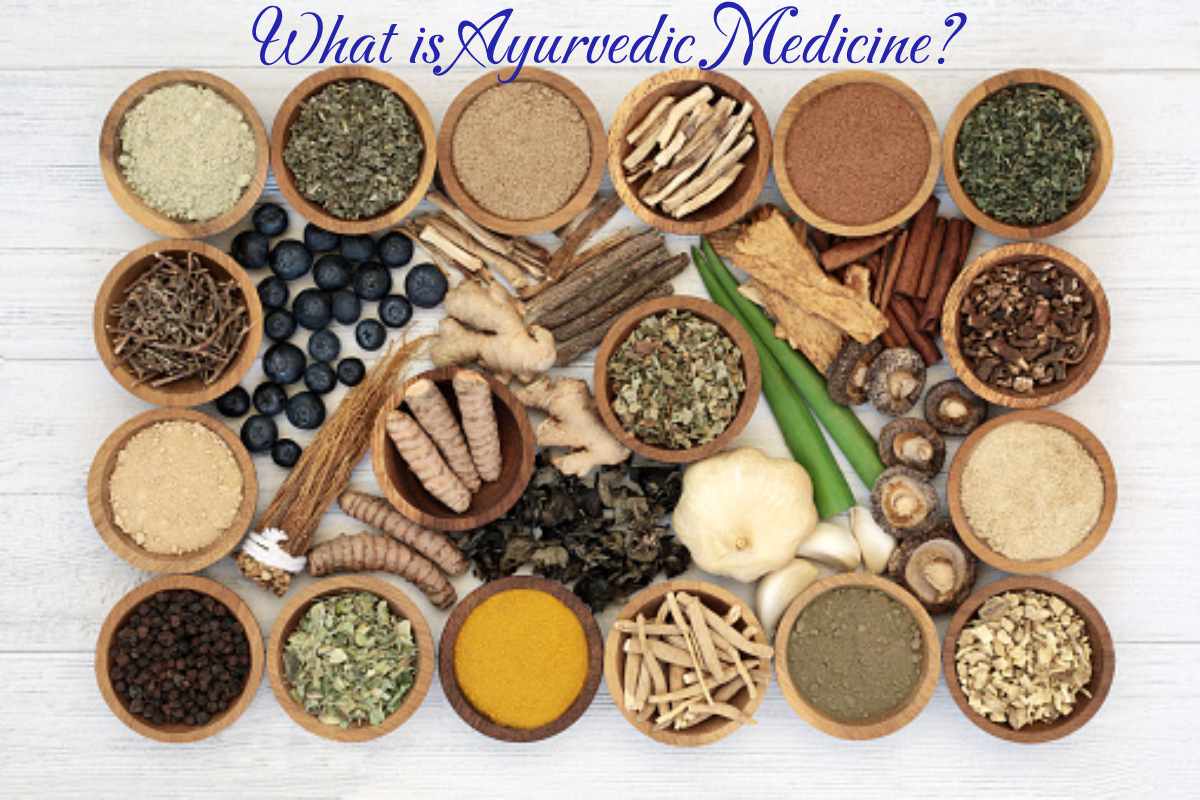Ayurvedic Medicine (“Ayurveda” for brief) is one of the oldest holistic (“whole-body”) healing systems in the world. It was developed further than 3,000 years ago in India.
It is based on the angel’s belief that health and well-being depend on a delicate balance between the angels. A. Mind, body, and spirit. Its main objective is to promote l. A. Good health, not fighting disease. But treatments can be targeted at specific health problems.
In the United States, it is considered a form of complementary and alternative medicine (CAM).
Table of Contents
Ayurveda and your Essential Energy
CAM therapy students believe everything in the universe, living or dead, is connected. If your mind, body, too spirit are in harmony with life, you are in good health. When something disturbs this balance, you get tasteless. Among the things that can distress this balance are hereditary or congenital disabilities, injuries, climate, seasonal change, l. A. Age, and your emotions.
Those who practice Ayurveda believe that each personality comprises five elements in the universe: space, air, fire, water, and earth.
These combine in the humanoid body to form three energetic forces or energies, so-called doshas. They are Vata dosha (space and air), pitta dosha (fire and water), and Kapha dosha (water and earth). They control how your body works.
Everyone inherits a unique combination of the three doshas. But one is usually more potent than the others. Each controls a different bodily function. Your chances of getting tasteless, and the health problems you develop, are believed to be related to the balance of your doshas.
There are Three Doshas
Vata Dosha
Those who exercise Ayurveda believe this is the most controlling of the three doshas. It controls fundamental bodily functions, like how cells divide. It also contains the mind, breathing, blood flow, heart function, and the ability to eliminate waste through the intestines. Things that can interrupt it include eating again too soon after a meal, fear, pain, and staying up too late.
If Vata dosha is your primary crucial force, it is believed that you are more likely to develop conditions such as anxiety, asthma, heart disease, skin problems, and rheumatoid swelling.
Pitta Dosha
This energy panels your digestion, metabolism (how well you break down food), and certain hormones related to your appetite.
Things that can upset it are eating acidic or spicy foods and spending too much time in the sun.
If it is your predominant essential strength, it is believed that you are more likely to develop conditions such as Crohn’s disease, heart disease, and high blood pressure than infections.
Kapha Dosha
This life energy controls muscle growth, body strength and stability, weight, and the immune system.
You can disturb it by sleeping during the day, eating too many sweet foods, and eating or drinking things that contain too much salt or water.
If it is your total life energy, doctors believe you can develop asthma and other respiratory disorders, cancer, diabetes, nausea after eating, and obesity.
Ayurvedic Treatment – ayurvedic medicine
An Ayurvedic doctor will make a treatment plan designed specifically for you. They will consider your unique physical and emotional makeup, essential strength, and the balance between these three basics.
The goal of treatment is to rinse your body of undigested food, which can remain in your body and cause disease. The cleansing process, called “panchakarma,” is designed to reduce your symptoms and restore harmony and balance.
An Ayurvedic practitioner may rely on blood purification, massage, medical oils, herbs, and enemas or laxatives.

Works? – ayurvedic medicine
There are some state-approved Ayurvedic schools in the US, but there is no national standard training or certification program for practitioners of this alternative therapy.
The FDA does not review or accept Ayurvedic products. Some have ban from entering the country since 2007. In addition, l. A. Agency has warned that 1 in 5 Ayurvedic medicines contains toxic metals, such as lead, mercury, and arsenic. These heavy metals can cause life-threatening diseases, especially in children.

